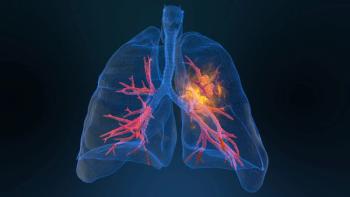
Oncology NEWS International
- Oncology NEWS International Vol 18 No 10
- Volume 18
- Issue 10
Cancer, not HPV vaccination, hastened death of UK girl
Cancer killed a 14-year-old girl who died shortly after being given Cervarix as part of a national immunization program. Early reports speculated that there may have been a link between the shot and her death, but according to a coroner’s assessment, there was no indication that the culprit was the HPV vaccine, which is marketed by GlaxoSmithKline. The girl’s death was caused by malignant disease in the heart and lungs, according to the coroner’s report.
Cancer killed a 14-year-old girl who died shortly after being given Cervarix as part of a national immunization program. Early reports speculated that there may have been a link between the shot and her death, but according to a coroner's assessment, there was no indication that the culprit was the HPV vaccine, which is marketed by GlaxoSmithKline. The girl's death was caused by malignant disease in the heart and lungs, according to the coroner's report.
Nevertheless, the UK immunization program was suspended. Other girls who received Cervarix complained of dizziness and nausea but they did not require hospitalization for their symptoms.
GlaxoSmithKline recalled the batch of vaccine that included the dose administered to the deceased girl. The company's plan to launch Cervarix as a competitor to Merck's Gardasil in the U.S. was recently delayed after the FDA requested more time to review the application.
Articles in this issue
about 16 years ago
Obesity hinders treatment in pediatric leukemiaabout 16 years ago
Posaconazole reduces infection in AML patientsabout 16 years ago
Global report warns of escalating cancer rateabout 16 years ago
New class of alpha emitters takes aim at bone metastasesabout 16 years ago
Who's Newsabout 16 years ago
Stop and smell the volatile organic compounds in lung caabout 16 years ago
Proton therapy report advises cautionNewsletter
Stay up to date on recent advances in the multidisciplinary approach to cancer.


















































































